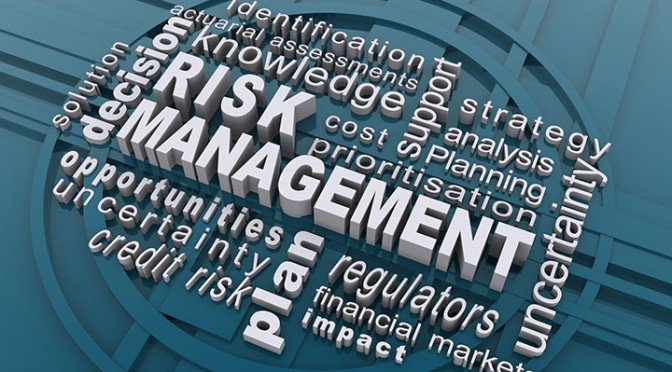One of the most important GDPR changes involves strengthening consent standards.
On 25 May 2018, the General Data Protection Regulation (GDPR) comes into effect, which expands the rights of individuals and their data while placing greater obligations on organisations that process personal data.
Consent standards are one of the most important considerations of GDPR regulations. Failure to obtain proper consent to process data, which includes contacting individuals, could result in significant fines. The maximum fine tops out at €20 million, or 4 per cent of global turnover, whichever is higher. To help your organisation comply, here are seven practical tips on how to obtain consent:
1. Audit your mailing list. Review each entry on your mailing list to identify whether you have a record of clients opting in. If you don’t have any record, remove that client from your mailing list. For new clients, have them double opt-in, which requires them to click a link to confirm that they knowingly have signed up for your mailing list.
2. Assess your current process for collecting personal data. Evaluate whether your current process has an active and obvious opt-in. Additionally, keep well-organised records that clearly outline what individuals have consented to, what they were told, and when and how they consented.
3. Review what data you are collecting. Re-examine the personal data you’re collecting from clients and decide whether each item is necessary, or if there is some piece of data that you’re missing.
4. Develop a content marketing strategy. Tailor content to your prospective clients. Consider requiring customers to share their contact information in order to download a piece of content.
5. Integrate a pop-up on your website. When visitors view your website’s landing page, a pop-up should greet them and ask them to sign up for your mailing list.
6. Provide your sales team with training on social media techniques. Your sales reps should utilise social media to create a more organic connection with potential clients rather than relying only on email.
7. Begin the process of centralising all of your personal data into one single and secure platform. As part of your new platform, your clients should be able to access their data, review its proposed usage and make any necessary changes.








